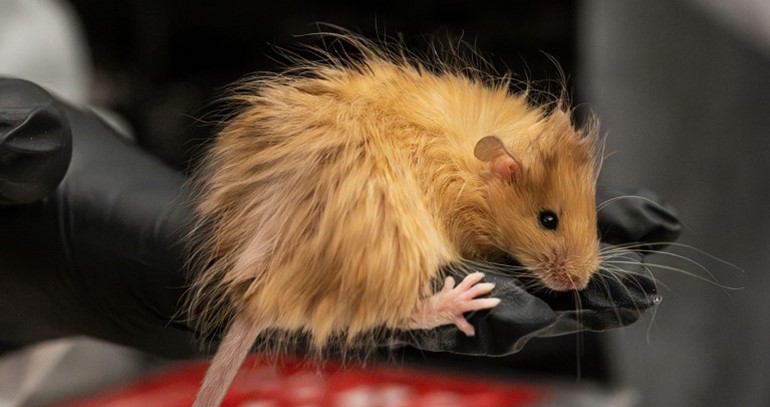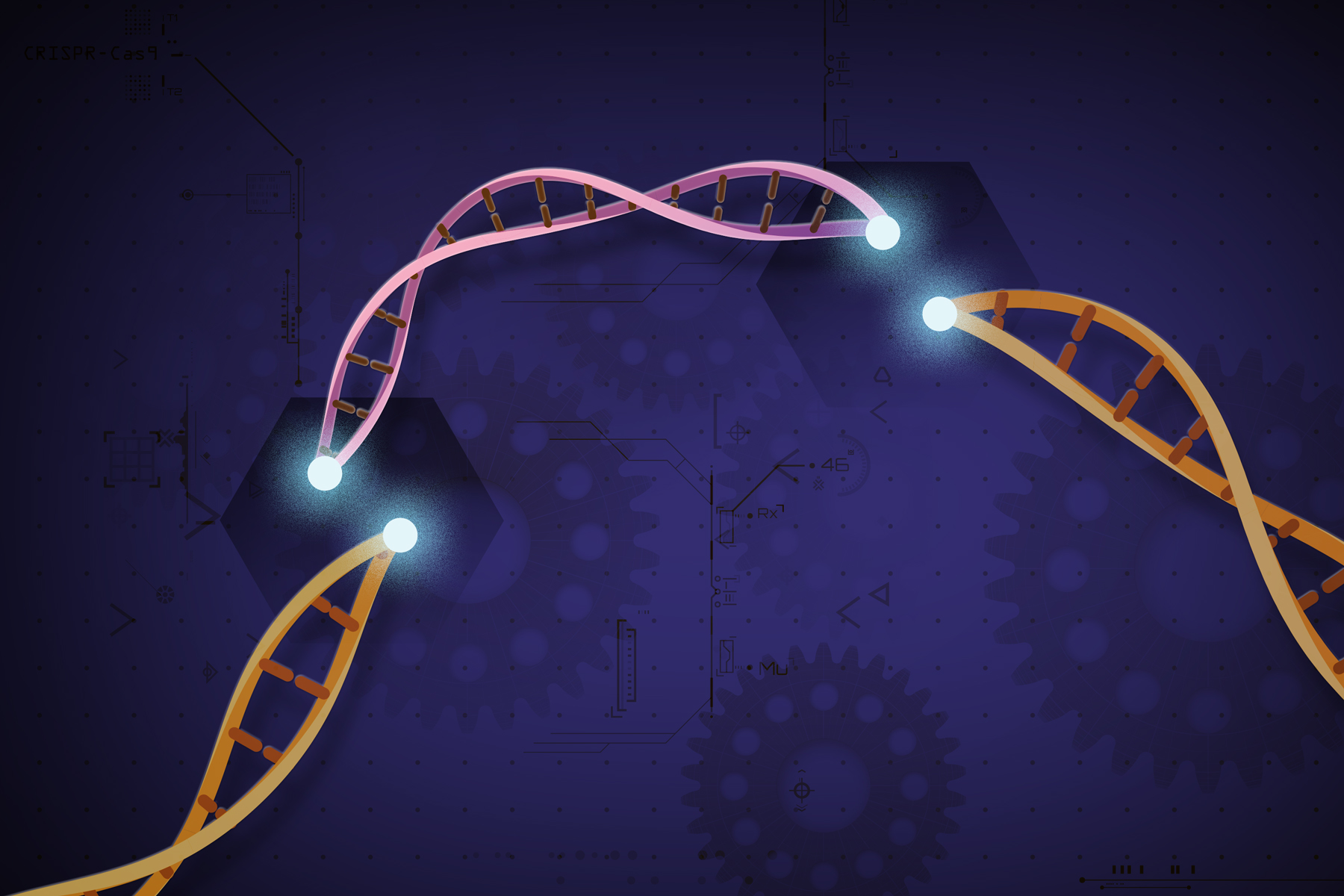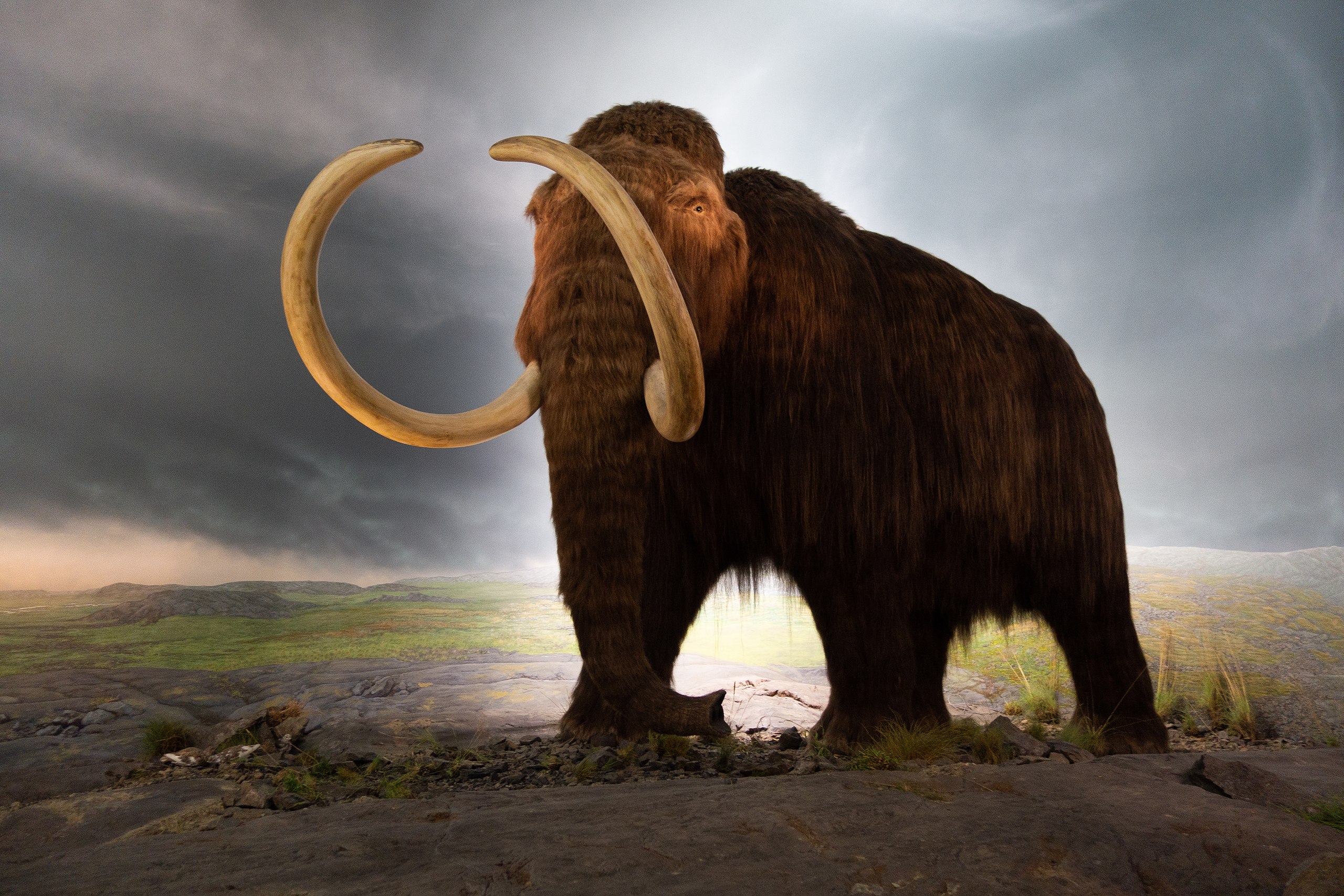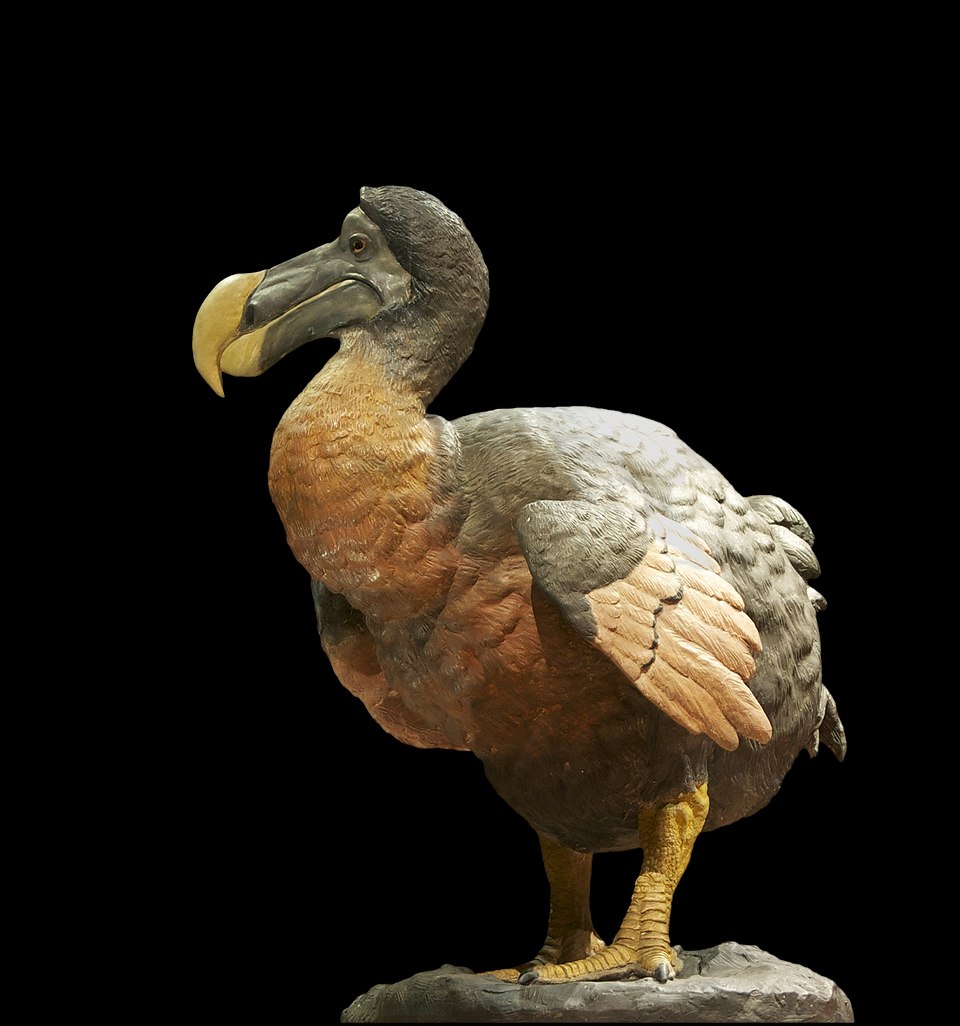
Credit: Colossal Biosciences, via livescience.com
Background
Synopsis: Scientists have used gene editing to create “woolly mammoth mice,” inserting ancient mammoth traits into modern mice species as part of a larger effort to bring extinct species back to life. This groundbreaking and somewhat controversial research pushes the boundaries of genetics, yet also raises complex ethical questions about whether science should pursue what is technically possible.
- Imagine holding a tiny mouse in your hand—not just any mouse, but one covered in thick, shaggy fur, engineered to withstand the icy chill of the Pleistocene era. It’s not a survivor from the Ice Age, or something mysterious from a sci-fi novel. Scientists have successfully introduced woolly mammoth genes into modern mice, creating a creature with characteristics of a species that went extinct thousands of years ago.
- This breakthrough is part of a growing movement in genetic science called de-extinction, the effort to bring vanished species back to life. Many questions arise such as why would we want to do this? How can this be accomplished? And should we do this? The story of these woolly mammoth mice is just the beginning of a much bigger scientific and ethical debate.
- The woolly mammoth mouse is a product of cutting-edge biotechnology, specifically CRISPR gene editing, a tool that allows scientists to precisely cut and modify DNA.
- Researchers identified key genes responsible for woolly mammoth traits, such as thick fur, smaller ears and fat deposits for insulation.
- They swapped 14 specific genes that are responsible for these traits.
- These genes were extracted from well-preserved mammoth DNA that was recovered from frozen carcasses buried in Siberian permafrost for thousands of years.
- Using CRISPR-Cas9, scientists inserted these mammoth genes into mouse embryos, which then developed with woolly mammoth-like characteristics.
- Mice are often used for such research because they reproduce quickly, allowing researchers to observe genetic changes across multiple generations in a short time. Scientists have used CRISPR technology to study Alzheimer’s, genetic blindness, cancer and other human conditions.
- The small size and controlled breeding conditions make the mice ideal test subjects before scaling up to larger mammals like elephants which are the closest living relatives of woolly mammoths.

CRISPR-Cas9 is a customizable tool that lets scientists cut and insert small pieces of DNA at precise areas along a DNA strand. This lets scientists study genes in a specific, targeted way.
Credit: National Institutes of Health, public domain, via Wikimedia Commons
- The woolly mammoth (Mammuthus primigenius) was an elephant species adapted for survival in freezing Ice Age conditions.
- They had many adaptations to exist in these conditions including thick, woolly fur for insulation, a hump of fat on the back to store energy, short ears and tails to minimize heat loss, and a long, curved trunk for digging through snow to find vegetation.
- As the Ice Age ended naturally and predictably about 10,000 years ago, warming temperatures shrank the mammoth’s cold-adapted habitat.
- Evidence from spear points found with mammoth bones also suggests early humans may have played a role in their decline.
- The last population survived on Wrangle Island, located in the Arctic Ocean, about 4,000 years ago before going extinct.

Woolly mammoths used their 15-foot (4.6-meter) long tusks to dig under snow for food like shrubs and grasses. They were covered with two layers of fur, a short layer close to the body and a shaggy outer layer that could be as much as 20 in (50 cm) long. The large hump on their backs, like that of a camel, was a reservoir for fat which would help survival when food was scarce.
Credit: Thomas Quine, CC BY 2.0, via Wikimedia Commons
- Creating the first woolly mammoth mouse is not just an experiment but is a stepping-stone toward a goal or resurrecting fully grown mammoths. Harvard geneticist George Church co-founded a biotech company that is leading efforts to bring back the woolly mammoth using gene editing and the following plan.
- Scientists would insert mammoth genes into the genome of an Asian elephant, its closest living relative.
- The resulting hybrid would have mammoth traits, such as cold resistance and thick fur.
- These elephant-mammoth hybrids could be released into Arctic habitats to help restore ecosystems.
- Church and other researchers are also working to bring back:
- Passenger pigeon (Ectopistes migratorius). Once North America’s most numerous bird, it was driven to extinction in 1914 due to hunting and habitat destruction. Scientists aim to modify band-tailed pigeons to reintroduce passenger pigeon traits.
- Tasmanian tiger (Thylacinus cynocephalus). A carnivorous marsupial hunted to extinction in the 1930s. Scientists plan to edit the genome of a close relative, the numbat, to reintroduce Tasmanian tiger-like traits.
- Dodo (Raphus cucullatus). The famous flightless bird of Mauritius, which went extinct in the 1600s due to human activity.

The big beak of the dodo bird was its only defense mechanism but was no match for the overhunting that occurred on Mauritius island. It was hunted to extinction in less than 100 years.
Credit: Jebulon, public domain, via Wikimedia Commons
- Proponents of de-extinction argue that reintroducing lost species could have many benefits.
- Reintroduction could restore damaged ecosystems.
- Woolly mammoths once roamed the Arctic tundra, trampling snow and knocking down trees. By compacting the snow, the permafrost remains frozen.
- Bringing them back could prevent permafrost from melting, keeping greenhouse gases like methane and carbon dioxide trapped in the soil.
- Restoring extinct species might help balance ecosystems where their loss disrupted food chains.
- Studying extinct species at a genetic level deepens our understanding of evolution, adaptation and resilience.
- Reintroduction could restore damaged ecosystems.
- Not everyone supports de-extinction and there are many concerning questions.
- Would resurrected species thrive or become invasive, outcompeting modern wildlife?
- What if they introduce ancient diseases that modern animals have no immunity against?
- Would a woolly mammoth, bred in a lab, suffer in today’s warmer climate?
- Would these animals be confined to zoos rather than living freely in the wild?
- Should we focus on bringing back extinct species, or would the huge financial investments into de-extinction be better spent protecting endangered species that still exist?
- Just because we can do something, should we?
- Since CRISPR-Cas9 gene editing was developed in the early 2010s, a new frontier in science has emerged. Certainly, full de-extinction remains a challenge, but the creation of woolly mammoth mice is proof that science is pushing the limits of what we once thought impossible.
- Are we on the verge of reversing extinction or are we rewriting nature in ways we don’t understand?
- As Dr. Ian Malcolm famously warned in Jurassic Park:
“Your scientists were so preoccupied with whether they could,
they didn’t stop to think if they should.”
Episode script
If you believe the old cartoons, elephants are afraid of mice. But would a woolly mammoth be afraid of a woolly mouse? We may soon find out.
That’s because scientists have recently used gene editing tools to tweak the mouse genetic code, adding genes from woolly mammoth DNA.
The result? The woolly mouse, with long, shaggy fur and extra insulating fat. Fortunately, no tusks.
The woolly mouse is the first step toward the de-extinction of the woolly mammoth itself.
For that, the scientists will have to edit more genes in an embryo of the Asian elephant, the mammoth’s closest living relative. Then gestate that embryo in the womb of an elephant.
Not everyone is a fan of the idea. Some have ethical concerns—just because we could bring them back, doesn’t mean we should. Others worry that de-extincted animals may struggle in modern climates, or invasively outperform existing animals.
Mammoths disappeared after the last Ice Age, as Earth warmed and human hunters took a liking to mammoth barbecue.
The de-extinction team believes they could bring them back, this decade. The question then is what to do with them?
They’ve proposed creating herds of mammoths to release in Arctic regions like Siberia, to do what they once did—knock down trees, tramp down and compact the permafrost, to keep it from melting, and preserve the habitat of the tundra.
If we can keep from re-extincting them, mammoths may one day roam wild again.

